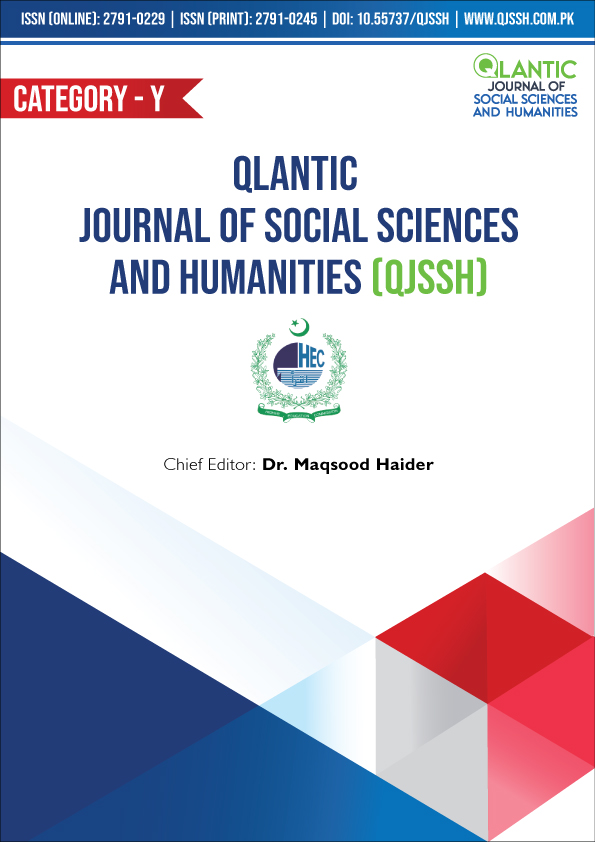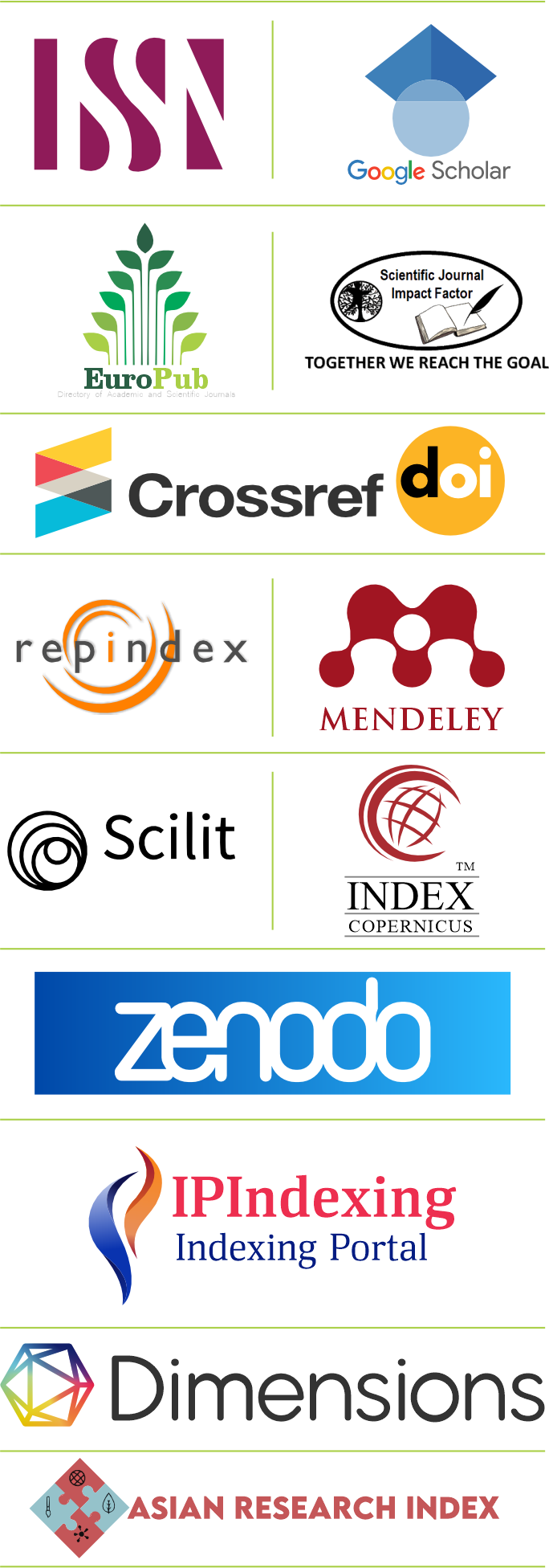An Analysis of Anti-Money Laundering Framework in Pakistan
DOI:
https://doi.org/10.55737/qjssh.vi-i.25315Keywords:
Anti-Money Laundering, Cash, Government Authorities, Taxes, Economy, Gery ListAbstract
Money Laundering is a covert transfer of cash from one place to another without notice to the relevant government authorities with the reason for avoiding taxes, hiding fraudulently earned wealth, and converting that money into valid assets. This involves three stages i.e. Placement, Layering, and Integration. Money laundering damages the economy of a country in a way that the financial sector institutions which are important for economic growth are slowed down. Hence, corruption and crime are promoted. When money laundering grows then it promotes two of its major sectors i.e. drug trafficking and terrorist organizations. That is why money laundering is an international threat. Pakistan has also been confronted with this issue. However, since 2010 there has been a lot of progress in Pakistan on controlling Money Laundering and Anti-Money Laundering Laws and regulations. Pakistan has been on "the Grey List" for lengthy spam because challenges are faced by the Government in the fight against ML and Terrorism Financing. Western Countries have largely gained control over money laundering. On the other hand, in the past Pakistan was again on the verge of being added to "the grey List" because some ineffective efforts were being made to counter it.
References
AFP. (2012, December 12). Report unmasks tax evasion among Pakistan leaders. The Express Tribune. https://tribune.com.pk/story/478812/report-unmasks-tax-evasion-among-pakistan-leaders.
AML UAE. (2025, January 2). Smurfing in money laundering. AML UAE. https://amluae.com/smurfing-in-money-laundering/
Asia/Pacific Group on Money Laundering (APG). (2025, February 1). Governance. Asia/Pacific Group on Money Laundering. https://apgml.org/about-us/page.aspx?p=91ce25ec-db8a-424c-9018-8bd1f6869162.
Asia/Pacific Group on Money Laundering. (2025, January 4). About us. Asia/Pacific Group on Money Laundering. https://apgml.org/about-us/page.aspx?p=acbf69ba-a694-4db0-b1be-f27172dde9fc
Asian Development Bank. (2003, March). Manual on countering money laundering and financing of terrorism [PDF]. ADB. https://www.adb.org
Baker, R. W. (2005). Capitalism’s Achilles heel: Dirty money and how to renew the market system (p. 25). John Wiley & Sons.
Banks, J. (2016). Online gambling and crime: Causes, controls, and controversies. Taylor & Francis.
Camdessus, M. (1998, February 10). The importance of international countermeasures. Address at the Plenary Meeting of the Financial Action Task Force on Money Laundering. International Monetary Fund.
Commonwealth Secretariat. (2006). Combating money laundering and terrorist financing: A model of best practice for the financial sector, the professions, and other designated businesses (p. xi). Commonwealth Secretariat.
Effros, R. C. (1992). Current legal issues affecting central banks (p. 240). International Monetary Fund.
Europol. (2025, February 28). Money laundering. Europol. https://www.europol.europa.eu/crime-areas/economic-crime/money-laundering#:~:text=The%20United%20Nations%20Office%20on,GDP%20is%20laundered%20each%20year.
Financial Action Task Force (FATF). (2006, August). The forty recommendations. FATF.
Financial Action Task Force. (2004, October). The 40 recommendations. FATF. Retrieved January 28, 2025, from https://www.fatf-gafi.org/en/publications/Fatfrecommendations/The40recommendationspublishedoctober2004.html
Financial Action Task Force. (2025, January 5). Pakistan. FATF-GAFI. Retrieved from https://www.fatf-gafi.org/en/countries/detail/Pakistan.html.
Financial Crimes Enforcement Network. (2024, December 20). What is money laundering? U.S. Department of the Treasury. https://www.fincen.gov/what-money-laundering
Financial Monitoring Unit. (2025, January 5). National risk assessment (summarized version). Retrieved from https://www.fmu.gov.pk/wp-content/uploads/2024/03/NRA_Summarized_Version.pdf.
Gee, S. (2015). Fraud and fraud detection: A data analytics approach (p. 254). Wiley.
Goodfield, M. (2014, September 23). Transferring property among family members – A potential income tax nightmare [LinkedIn post]. LinkedIn. https://www.linkedin.com/pulse/20140923125602-8635921-transferring-property-among-family-members-a-potential-income-tax-nightmare
Hauck, P., & Peterke, S. (2016). International law and transnational organized crime (p. 244). Oxford University Press.
Hussain Nawaz Sharif v National Accountability Bureau PLD 2018 SC 189
Hussain, T. (2016, May 23). Bribery incidence in Pakistan much higher than rest of South Asia. The Express Tribune. Retrieved January 6, 2025, from https://tribune.com.pk/story/1108179/illegal-behaviour-corruption-anathema-society.
International Monetary Fund. (2025, January 10). About the IMF. International Monetary Fund.
Jordan, D. C. (2016). Drug politics and democracies (p. 152). University of Oklahoma Press.
Kemal, M. A. (2007). A fresh assessment of the underground economy and tax evasion in Pakistan: Causes, consequences, and linkages with formal economy (p. 14). Pakistan Institute of Development Economics.
Madinger, J. (2016). Money laundering: A guide for criminal investigators (3rd ed.). CRC Press.
Malik, A. (2010). Political survival in Pakistan: Beyond ideology (p. 170). Routledge.
Marmo, M., & Chazal, N. (2016). Transnational crime and criminal justice (p. 121). Sage Publications.
Mashhud. (2015, September 10). Revised currency carrying limits: SBP seeks FBR’s help for assistance. CustomNews.pk. Retrieved January 10, 2025, from https://customnews.pk/2015/09/10/revised-currency-carrying-limits-sbp-seeks-fbrs-help-for-assistance/.
McDowell, J., & Novis, G. (2001, May). The consequences of money laundering and financial crime. U.S. Department of State..
National Counter Terrorism Authority. (2013). NACTA Act, 2013.
Pakistan. (2010). Anti-Money Laundering Act, 2010, § 3.
Qureshi, W. A. (2017). An overview of money laundering in Pakistan and worldwide: Causes, methods, and socioeconomic effects. University of Bologna Law Review.
Ramakrishnan, K. S. (2016, February 29). The money laundering and financing of terrorism eco-system (Presentation slides). SSRN. https://ssrn.com/abstract=4370121 or http://dx.doi.org/10.2139/ssrn.4370121.
Salinger, L. M. (2005). Encyclopedia of white-collar & corporate crime (p. 78). Sage Publications.
State v Ayyan Ali, 2016 YLR 1823
State v Muhammad Nawaz Sharif, PLD 2017 SC 265
U.S. Government Printing Office. (1989). United Nations Convention against Illicit Traffic in Narcotic Drugs and Psychotropic Substances: Message from the President of the United States transmitting the United Nations Convention (pp. 1–27). U.S. Government Printing Office.
Unger, B., & Van Der Linde, D. (2013). Research handbook on money laundering (p. 41). Edward Elgar Publishing.
United Nations (Security Council) Act, 1948.
United States v. Budovsky, No. 13-CR-368 (S.D.N.Y. 2016).
United States v. HSBC Bank USA, N.A. & HSBC Holdings PLC, No. 12-CR-763, Deferred Prosecution Agreement (E.D.N.Y. Dec. 11, 2012).
United States v. Standard Chartered Bank, Deferred Prosecution Agreement, No. 12-CR-262 (D.D.C. 2019)
Young, M. A. (2013). Banking secrecy and offshore financial centers (p. 12). Routledge.
Yusuf, M. W. (2014). Pakistan’s counterterrorism challenge (p. 165). Georgetown University Press.
Downloads
Published
Issue
Section
License
Copyright (c) 2025 Talha Ali Butt, Shahir Hadi

This work is licensed under a Creative Commons Attribution-NonCommercial 4.0 International License.





